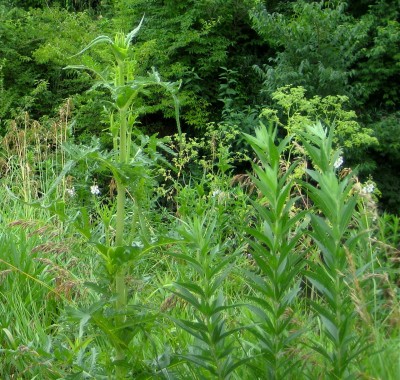
One utterly predictable consequence of climate change is that the price of northern farmland will rise as growing regions shift north.
Tobias Buckell yesterday shared a report that just this sort of price shift is now occurring—interesting to me because this result is not merely predictable: I predicted it my own self, way back when I was in high school.
Global warming was still pretty speculative then (in the 1970s), but people were already talking about the greenhouse effect and trying to figure what the result would be. At the time, I was mainly thinking about the geopolitical implications of shifting the growing regions north—how things would change if Canada and the (then) Soviet Union were suddenly way more productive of food, while places like the United States, China, and France suddenly less so.
What I discovered, though, was that those northern regions aren’t nearly as fertile as places like Illinois, where 8,000 years of tall grass prairie left an incredibly thick layer of rich soil.
No matter how perfect the climate is, Saskatchewan is not going to produce the bushels per acre of Illinois or Kansas. Their soil is not only less fertile, it’s also much more fragile than the soil of the tall grass prairies. The fertile layer isn’t as deep, so the land must be plowed with greater care, and it will in any case be more quickly depleted.
I’m sure there’s a lot more and better data available now than there was back then, but I doubt if it changes the fundamentals. Shifting growing regions means winners and losers, but it also means less total food production.

